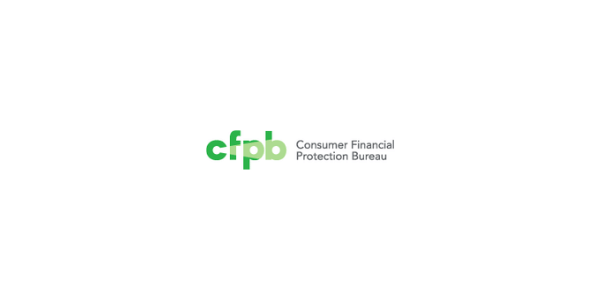
Record YOY House-Price Increases Continued In August: Report

First American says prices, expected rate increases to affect house-buying power, but rising incomes could help.
- First American Financial Corp.'s Real House Price Index for August 2021 shows house prices rose nearly 21% year over year, the third consecutive month of record increases.
Home prices in August continued to increase at a record rate, vastly outpacing consumer house-buying power, according to a new report.
First American Financial Corp., a global provider of title insurance, settlement services and risk solutions for real estate transactions, today released its First American Real House Price Index (RHPI) for August 2021. The index measures the price changes of single-family properties throughout the U.S., adjusted for the impact of income and interest rate changes on consumer house-buying power over time at national, state, and metropolitan area levels. Because the RHPI adjusts for house-buying power, it also serves as a measure of housing affordability.
According to First American Chief Economist Mark Fleming, the data from August show the gap continued to widen between home pries and consumers ability to afford buying them.
Fleming noted that, year over year, home prices increased nearly 21%, the third consecutive month of record yearly increases.
Fleming said that, based on the RHPI, which measures housing affordability in the context of changes in consumer house-buying power — incorporating changes in household income, mortgage rates and nominal house prices — affordability declined 16.6 percent.
“The growth in nominal house prices vastly outpaced the 3.5% increase in house-buying power compared with a year ago,” he said, “yet, real house-buying power-adjusted house prices remain 37.5% below their 2006 housing boom peak.”
Fleming said the overall downward trend in the average 30-year, fixed mortgage rate “has been one of the most important driving forces of both purchase and refinance activity for the last 40 years.”
As mortgage rates have declined over the last several decades, borrowers have seen their purchasing power increase, he said, which has “facilitated move-up buying, higher housing market turnover (more sales as a percentage of the housing stock) and increased refinancing activity.”
Still, he noted, average mortgage rates won’t stay as low forever, and as they increase, “the decades-long housing and mortgage market tailwind will turn into a headwind. Rising mortgage rates, all else equal, will diminish house-buying power, meaning it will cost more per month for a borrower to buy ‘their same home.’”
Fleming said many factors point to rates rising over the next several months, including continued inflation, the economic recovery, and the Fed’s plan to begin tapering its purchases of mortgage-backed securities. He said consensus forecasts predict mortgage rates will hit 3.2% by the end of the year, and 3.7% by the end of 2022.
Fleming said the RHPI demonstrates how rising rates would affect house affordability. “If the average mortgage rate increased from its August level of 2.84% to the expected end-of-year level of 3.2% — assuming a 5% down payment and the August 2021 average household income of $68,658 — house-buying power falls by approximately $21,500,” he said. “If rates increased to the anticipated end of 2022 level, 3.7&, house-buying power would fall by $49,000.”
He added that an improving economy often leads to increased growth in wages, which could help reduce the impact of higher rates and improve house-buying power.
“If incomes continue to increase at a rate of 0.2% per month through the end of 2021, the higher income will reduce the projected end-of-year 2021 decrease in house-buying power from $22,000 to nearly $18,000,” he said. “And if incomes continued to grow at 0.2% through the end of 2022, the projected end-of-year 2022 decrease in house-buying power would drop from $49,000 to $35,000.”




